Violist Tabea Zimmermann, together with the director G. Henle Verlag, Munich, Norbert Gertsch visited the Budapest Bartók Archives. Zimmermann first performed Bartók’s last work, left behind in sketches, some forty years ago in the version prepared for publication by Tibor Serly (published by Boosey & Hawkes in 1949). Ever since, she regularly performs and teaches this important work of the viola repertoire. This is why she has come to Budapest to discuss with Bartók scholars the possibility of knowing a more authentic form of the piece. For this special occasion, the Bartók Archives organised an English-language conference devoted to the work. At the conference, greeted by Pál Richter, director of the Institute for Musicology, several aspects of this difficult work were addressed by the different speakers. These included the biographical background (László Vikárius), questions of style and references to earlier works by the composer (Virág Büky), the role of the viola in Bartók’s other works (Péter Laki); Bartók as orchestrator (Csilla Mária Pintér), special problems of the autograph draft and its interpretation (Yusuke Nakahara), and formal and structural characteristics of existing reconstructions (Zsombor Németh). The work that has become performable at all thanks to Tibor Serly’s “reconstruction,” and orchestration of the incomplete draft score, can now be studied in an excellent-quality facsimile edition accompanied by a transcription (Nelson Dellamaggiore) and a philological commentary (László Somfai), edited by Peter Bartók. This is why it is worth reconsidering how the composition could be better presented in a new critical edition based on principles of modern Urtext editions.
László Vikárius
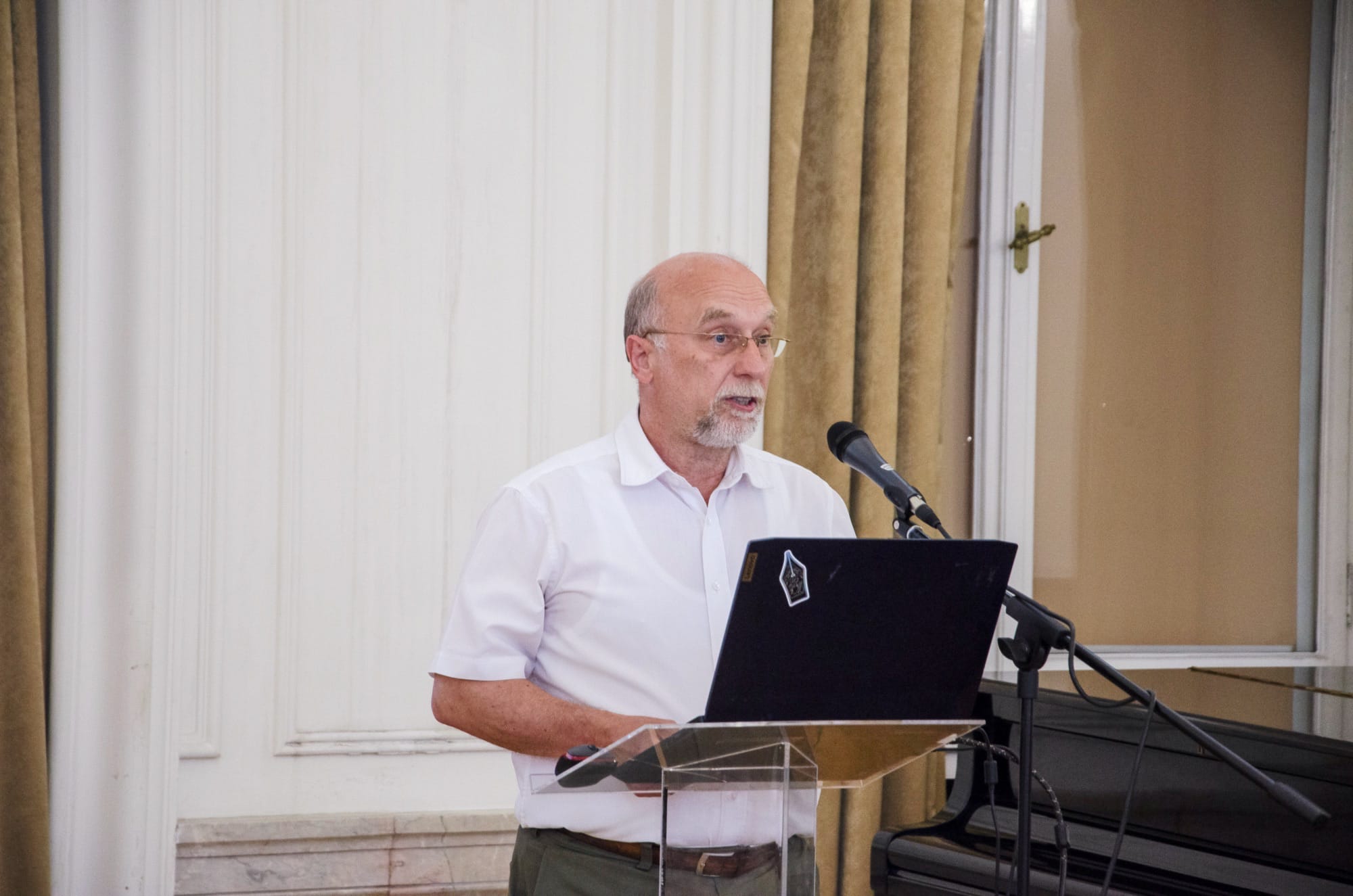 |
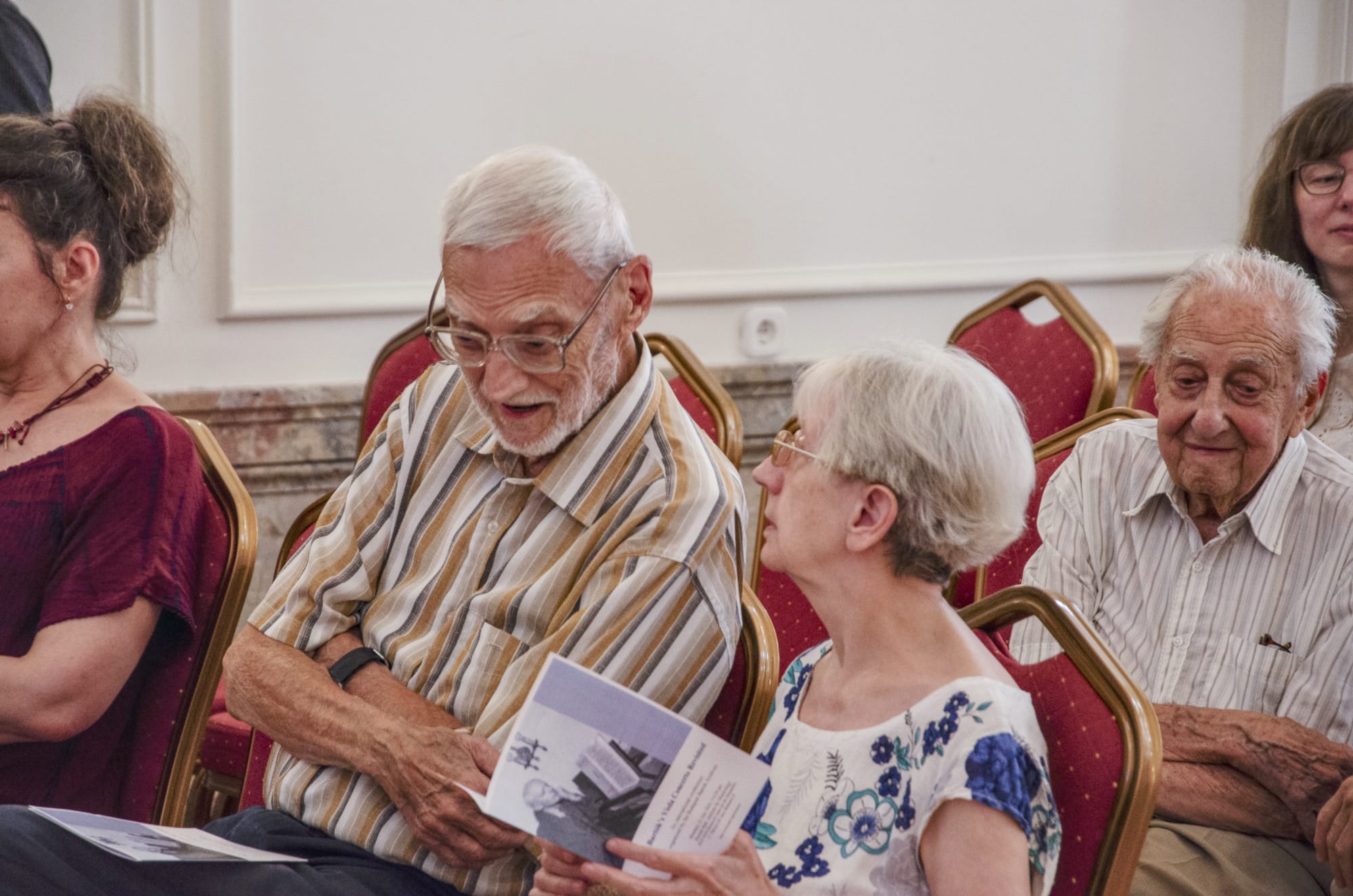 |
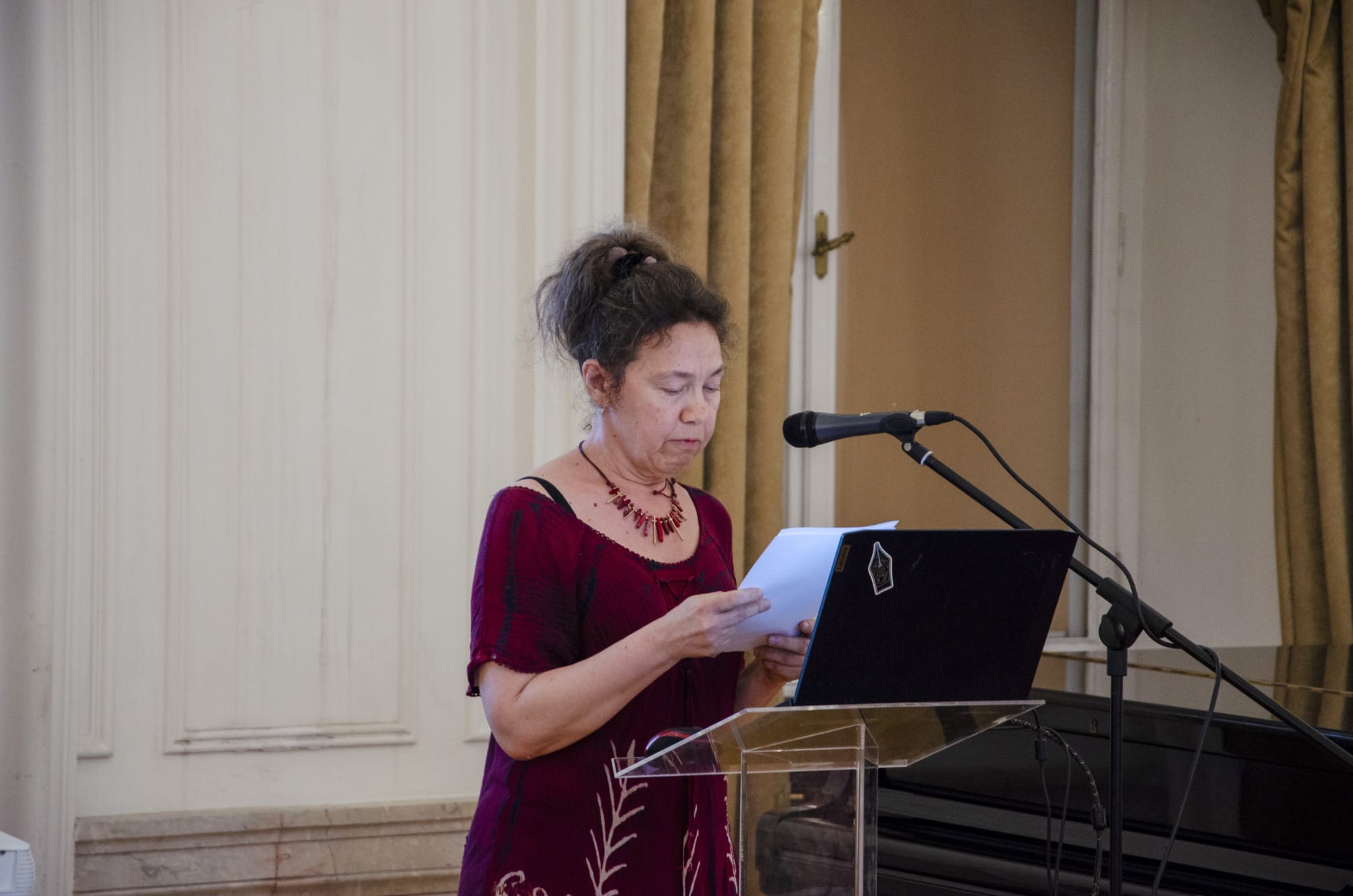 |
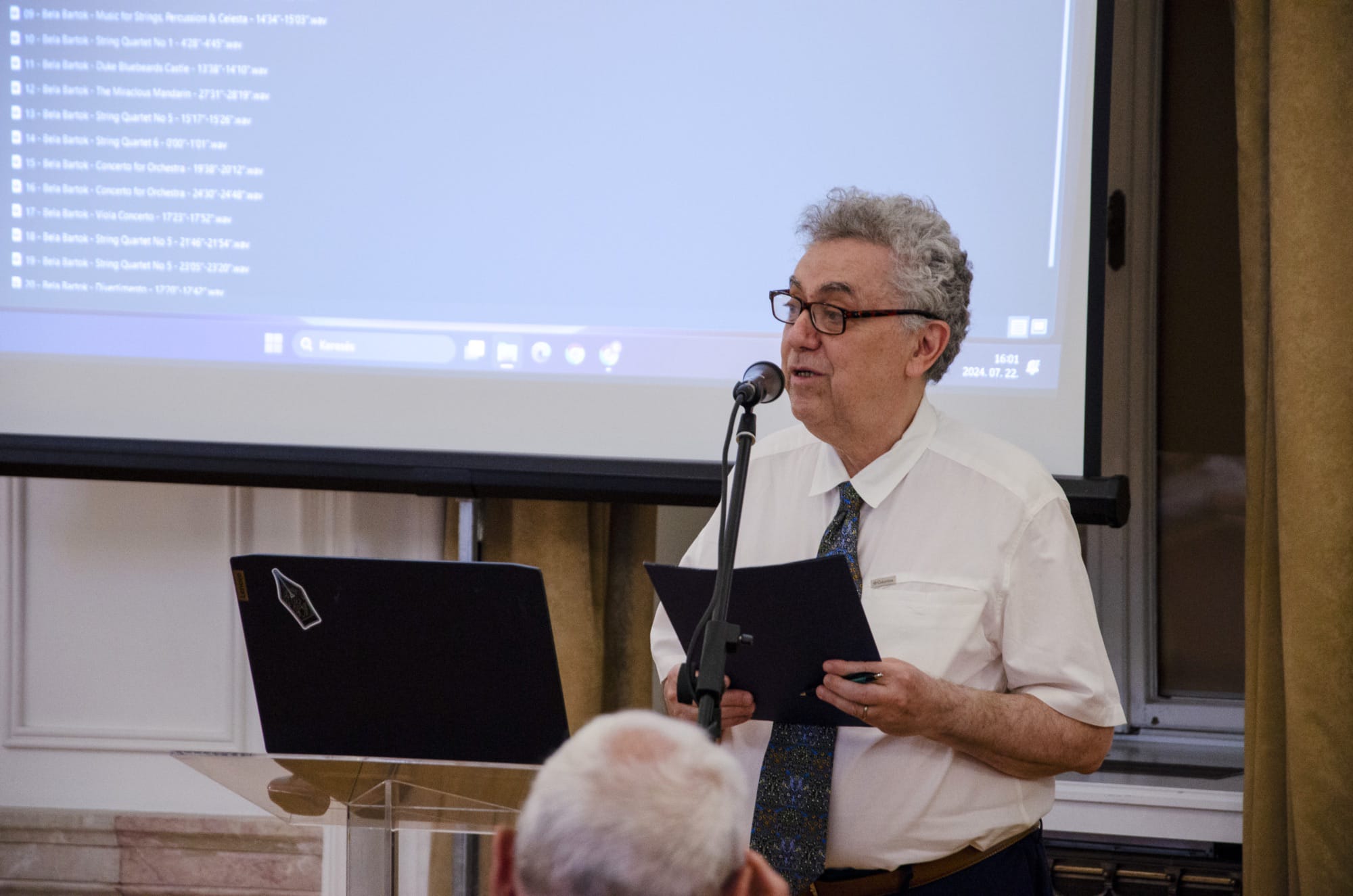 |
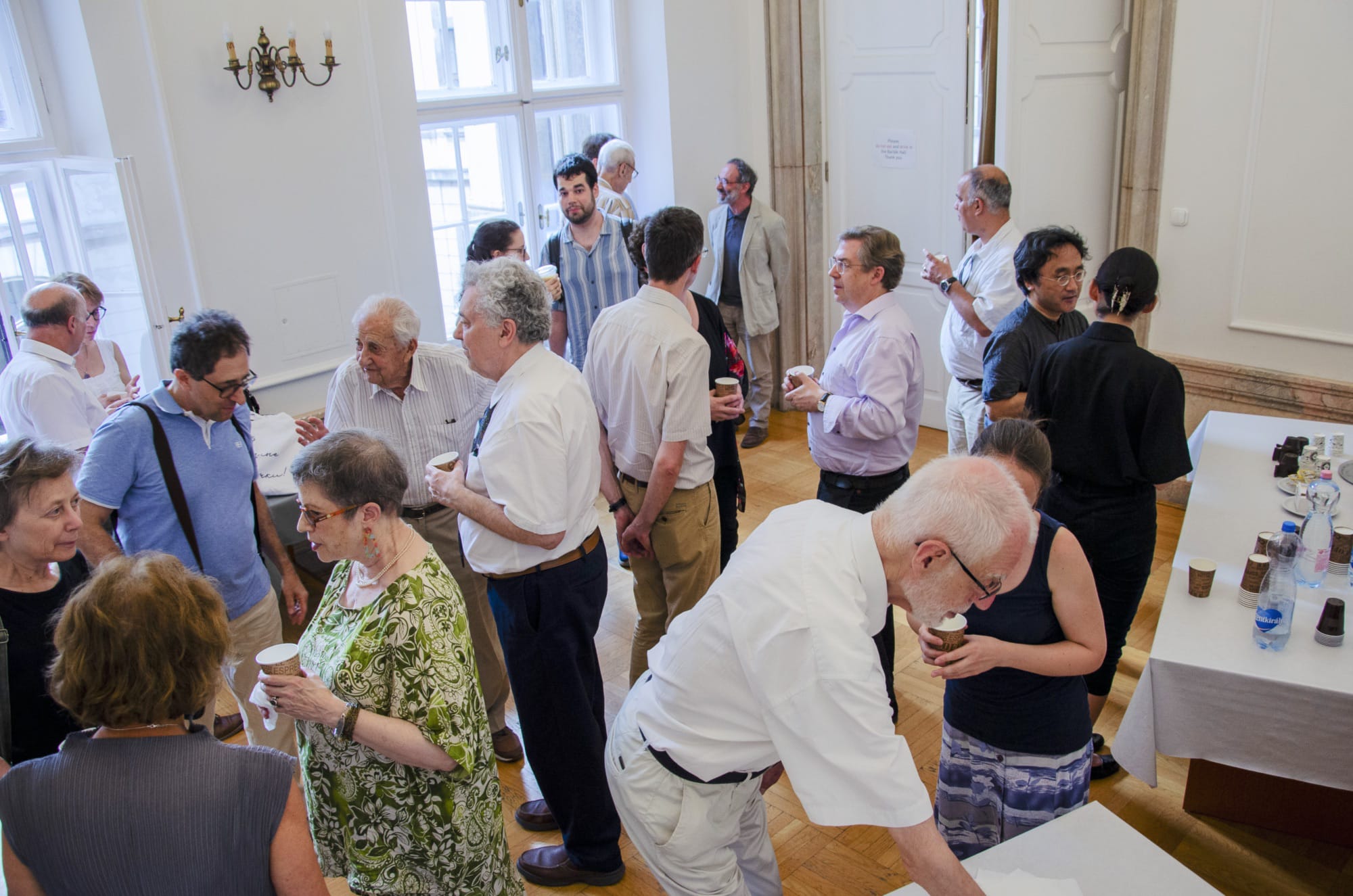 |
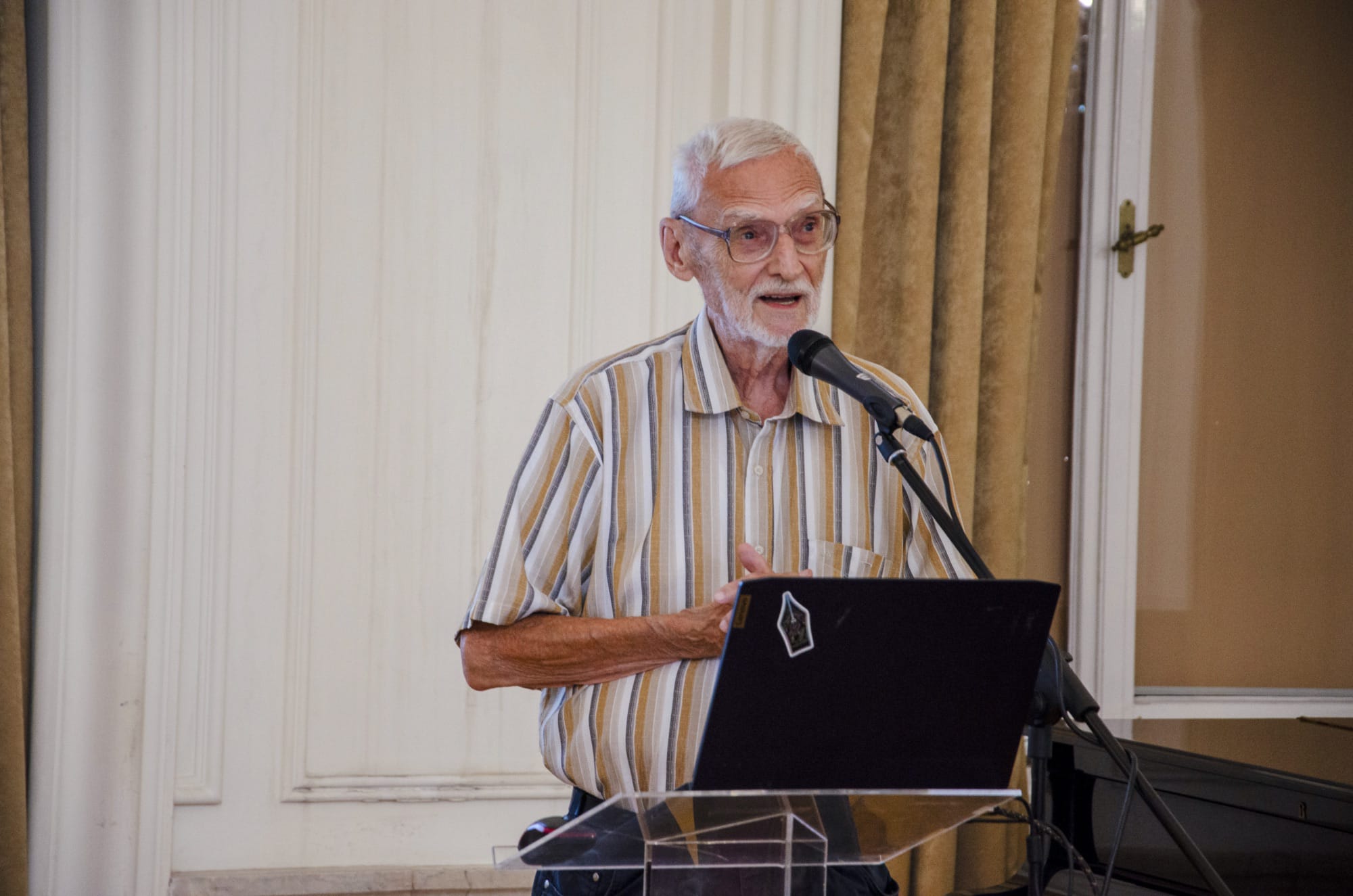 |
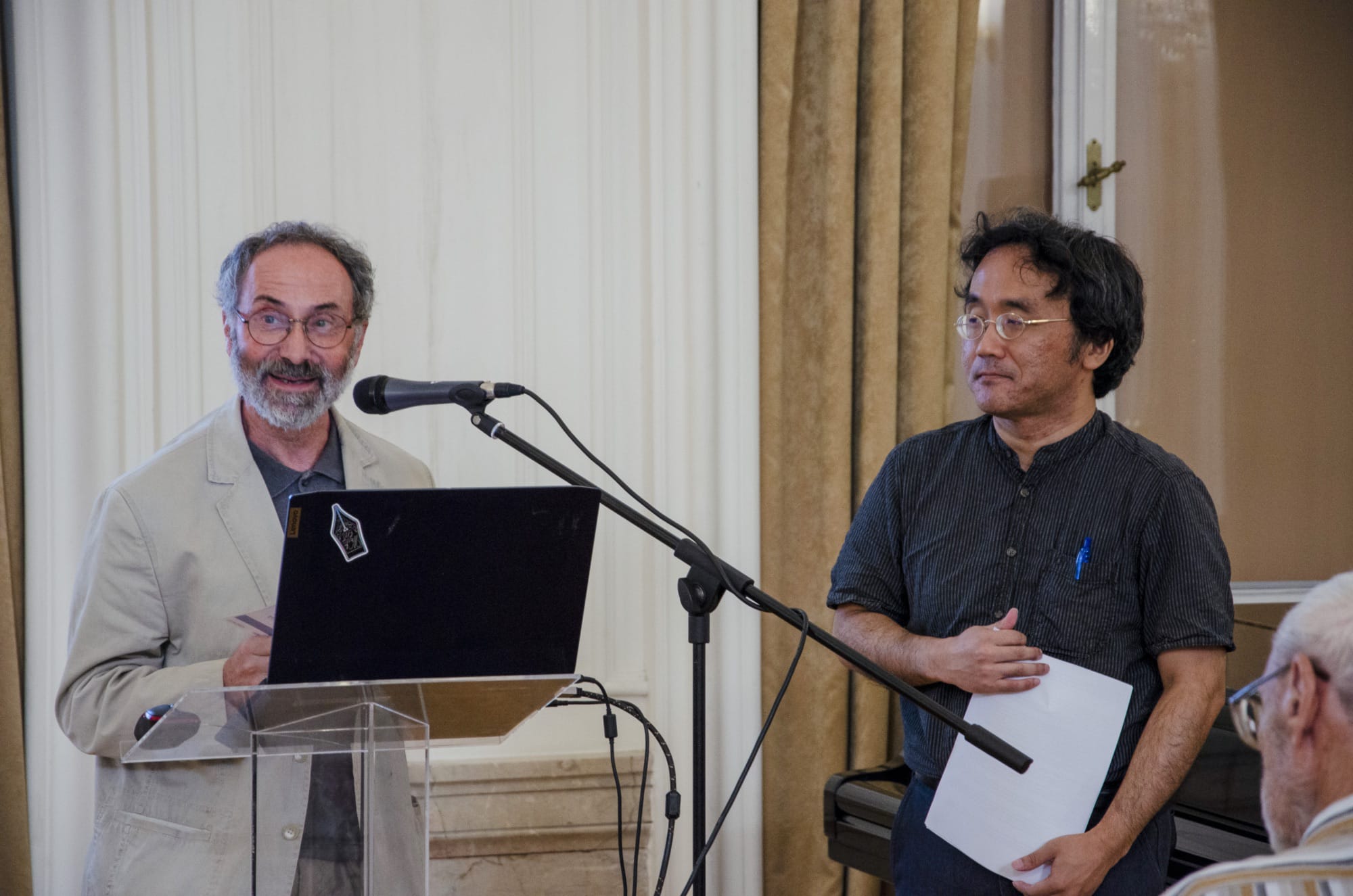 |
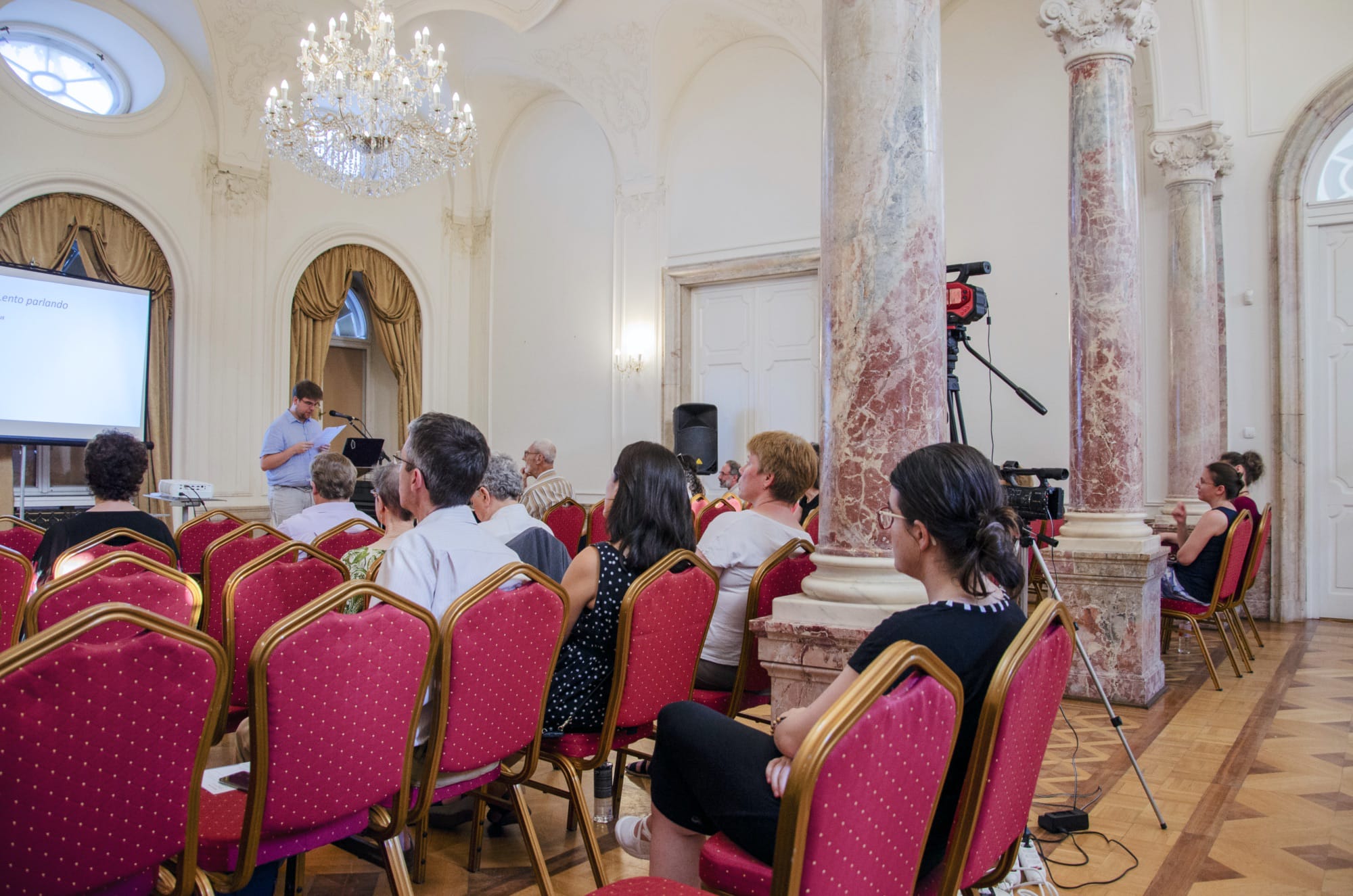 |
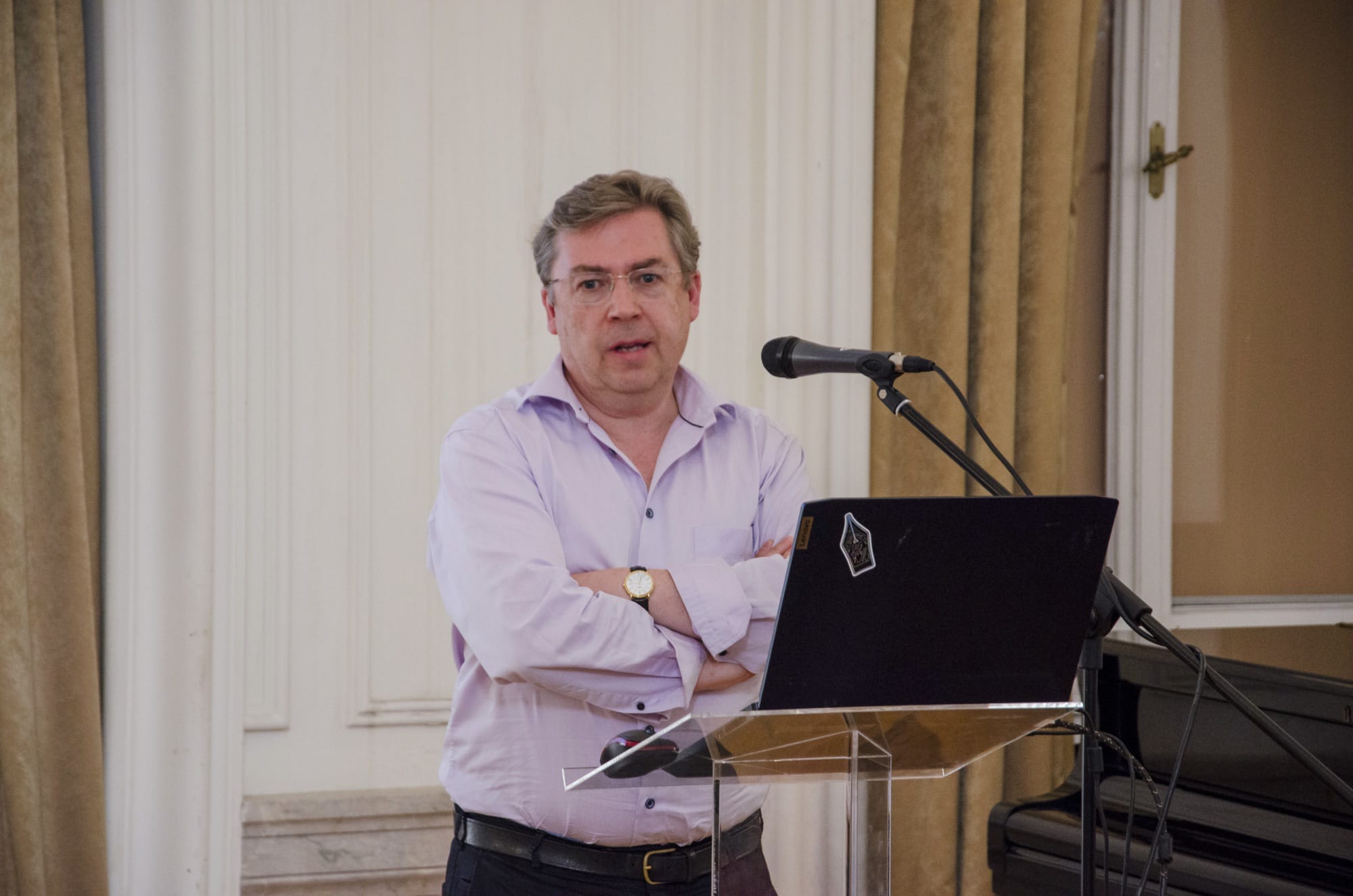 |
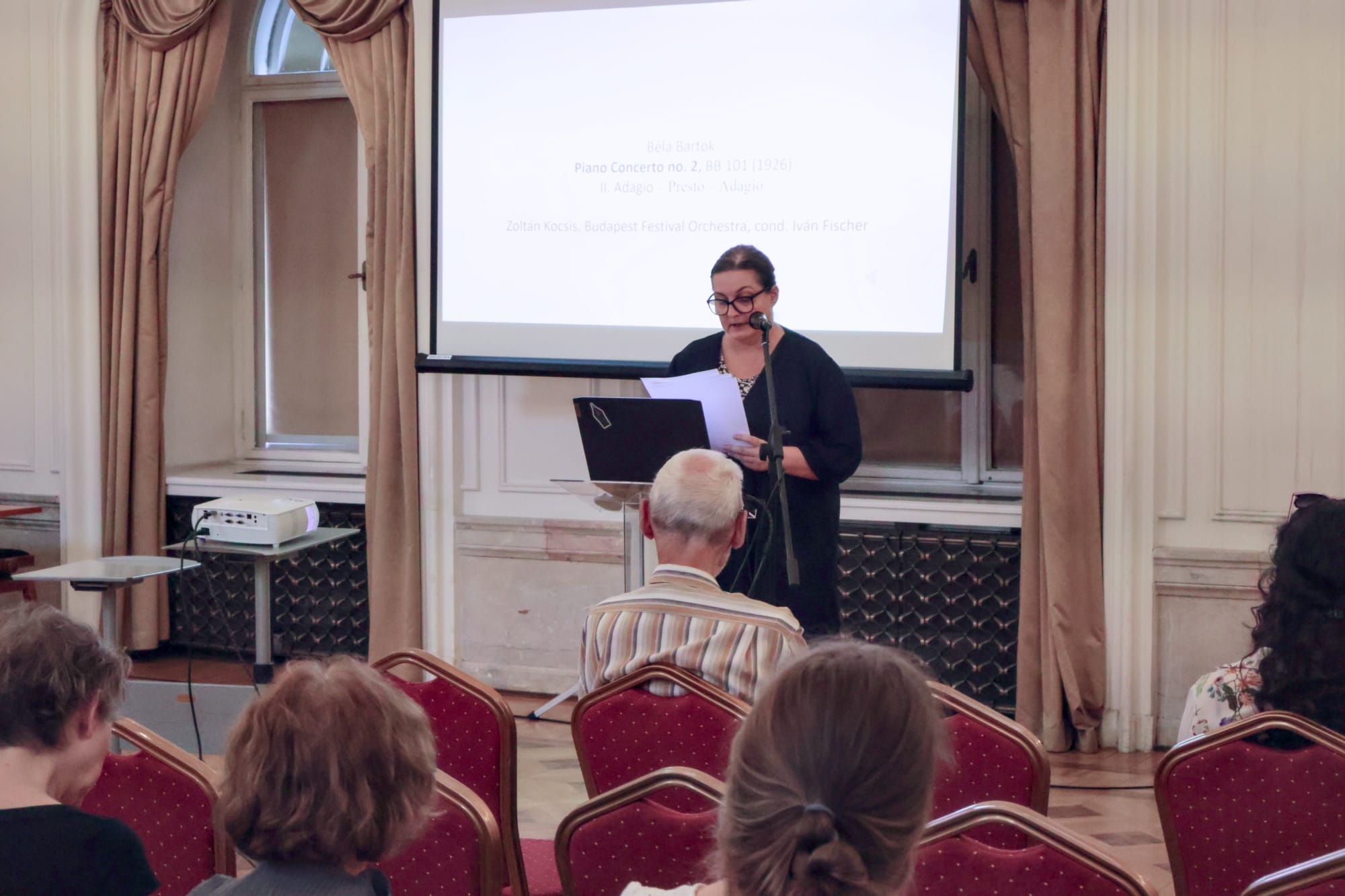 |
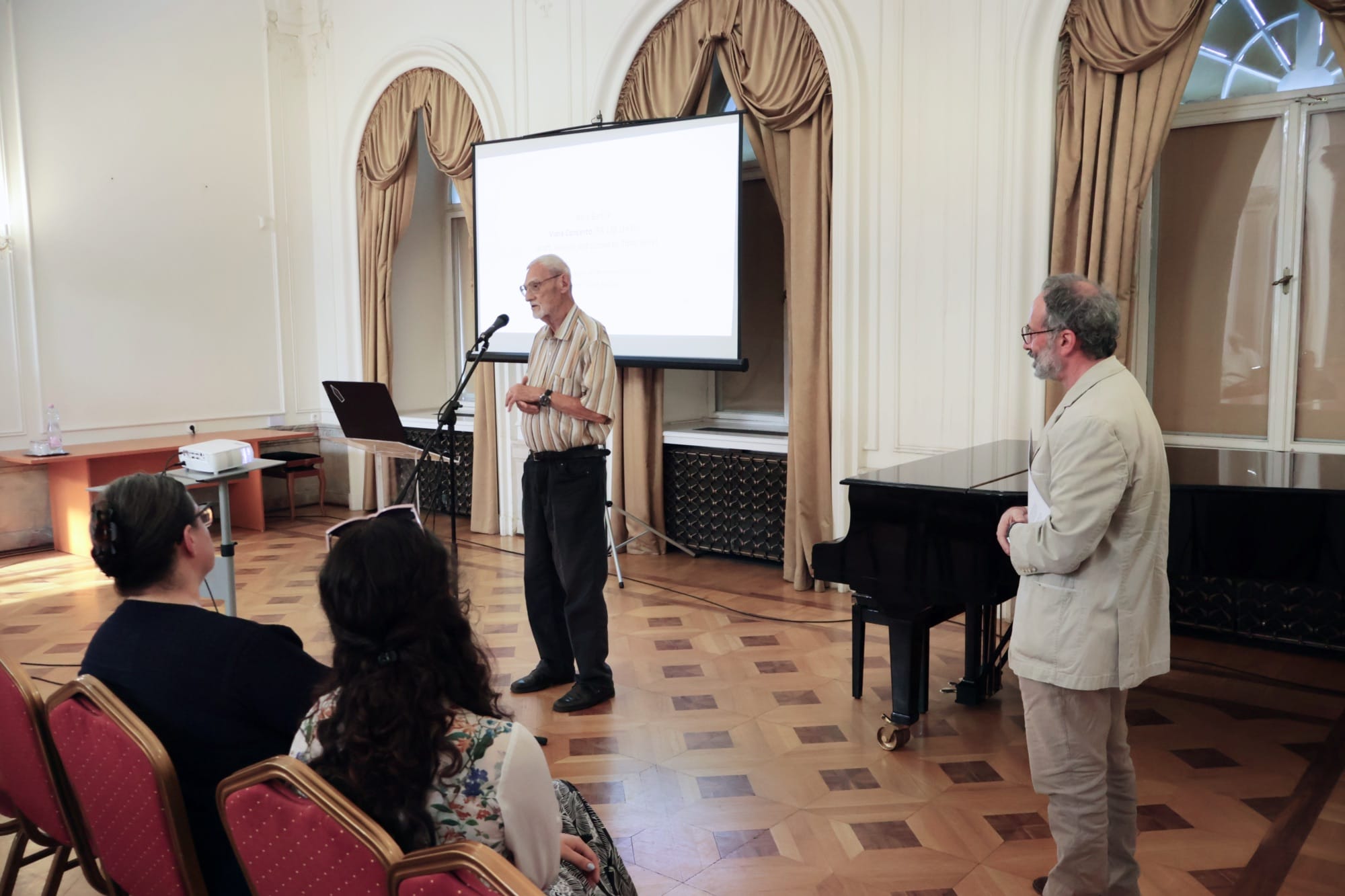 |
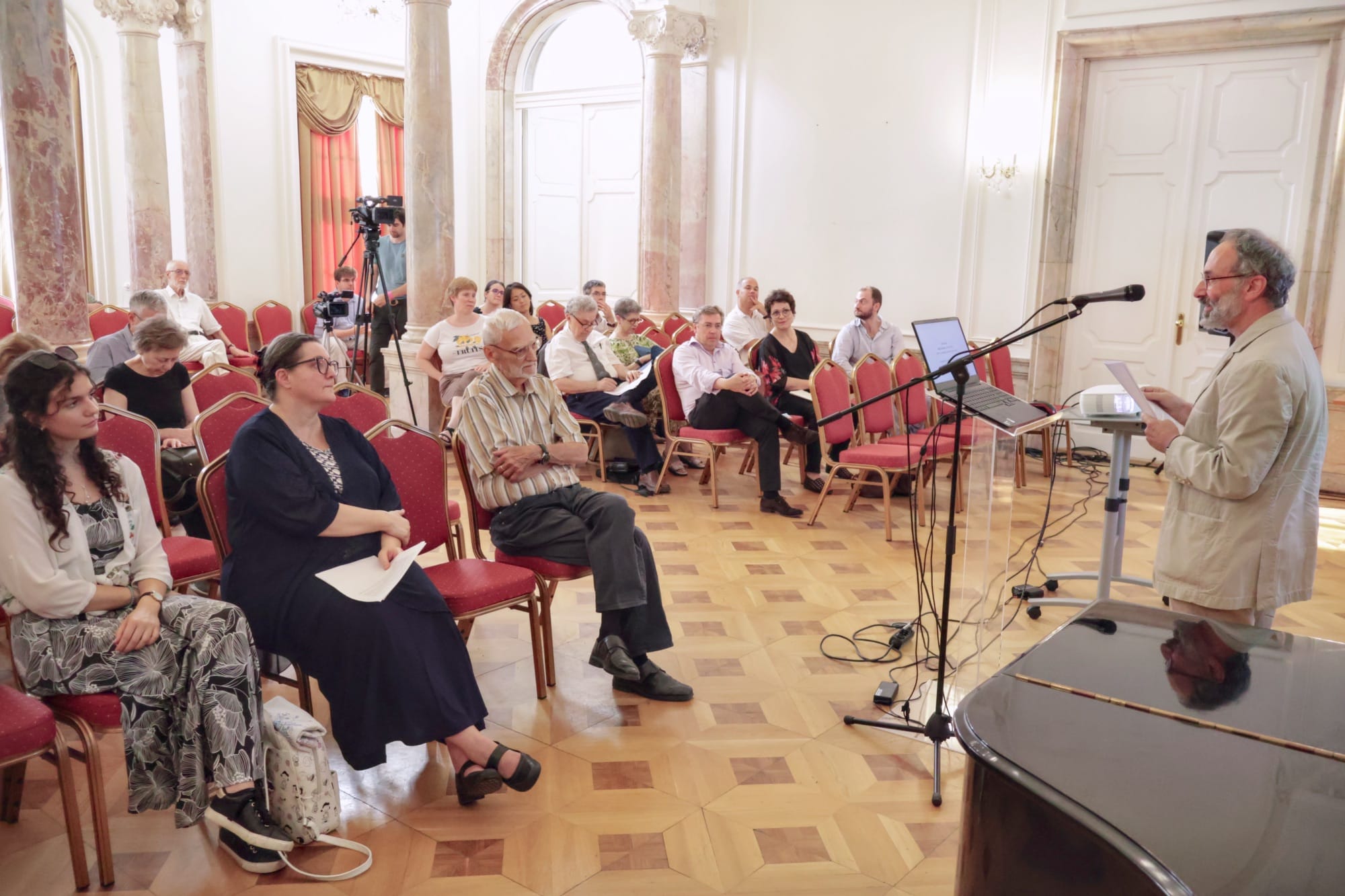 |









